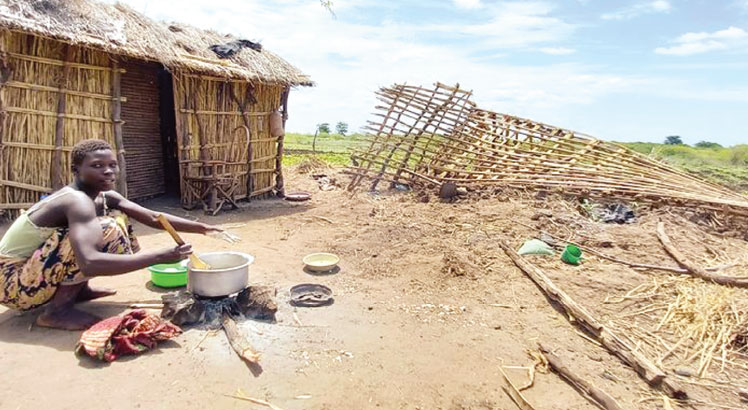Renewed hope for debt relief
The International Monetary Fund (IMF) says Malawi alongside 35 other least-developed countries are eligible for debt relief under the Heavily Indebted Poor Countries (Hipc) initiative, a development analysts say provides hope for the economy.
In an update on debt relief under the Hipc initiative, the global lender said since creditors’ participation in the initiative is voluntary, the IMF and the World Bank will continue to encourage creditors to participate and to deliver their share of debt relief.

The IMF further said one of the challenges for the Hipc initiative is to ensure that eligible countries get full debt relief from all their creditors.
Reads the update in part: “Poor countries’ largest creditors, World Bank, African Development Bank, IMF, Inter-American Development Bank and all Paris Club countries, have provided their full share of debt relief under the Hipc initiative and beyond, but other creditors have not done so.”
In November last year, IMF said Malawi’s foreign debt, which is at K3.3 trillion or 27 percent of the country’s nominal gross domestic product (GDP), was sustainable on a forward-looking basis following Treasury’s commitment to a debt restructuring strategy.
To be considered for Hipc initiative assistance, a country must be eligible to borrow from the World Bank’s International Development Agency as well as from the IMF’s Poverty Reduction and Growth Trust, according to the statement.
A country must also face an unsustainable debt burden that cannot be addressed through traditional debt-relief mechanisms, have a track record of reform and sound policies through IMF and World Bank-supported programmes as well as develop a poverty reduction strategy paper through a broad-based participatory process.
Speaking in an interview yesterday, Minister of Finance and Economic Affairs Sosten Gwengwe said the position by the IMF reflected recognition of efforts Treasury is putting in place to reform the economy.
He said other than the Hipc initiative, Treasury is also engaging China and India to get an assurance for debt relief.
“If we are able to restructure the debt, we will be able to create more fiscal space and have more resources allocated towards productive and development sectors,” said Gwengwe
Analysts say a debt relief is part of a wider effort to address the development needs of low-income countries and for debt reduction to have a tangible impact on poverty, the additional money needs to be spent on programmes that benefit the poor.
But former minister of Finance Joseph Mwanamvekha said in an interview yesterday that while debt forgiveness is a good thing, it is not in itself a solution to the various economic woes.
He said: “Debt forgiveness comes in different forms. We may have relief on both the principal and interest rates, or only principal or indeed restructure the whole loan where payment period is prolonged.
“This will reduce the debt burden and free up some resources.”
Malawi University of Business and Applied Science associate professor of economics Betchani Tchereni said what it means is that Malawi has qualified to benefit from debt relief as the country is choked with debt overhang.
“We have to pay [our debt] in foreign exchange, so this is good news,” he said.
In 2006, Malawi secured a debt relief package under Hipc, which reduced the country’s total public debt by 90 percent.
This initiative cut the country’s total debt from $2.97 billion (about K3 trillion) in 2006 to about $43 million (K44 billion).
In September last year, President Lazarus Chakwera’s administration pushed for a four-pronged strategy to bring down the crippling loans to manageable levels. This included returning to multilateral and bilateral creditors to negotiate debt relief.





